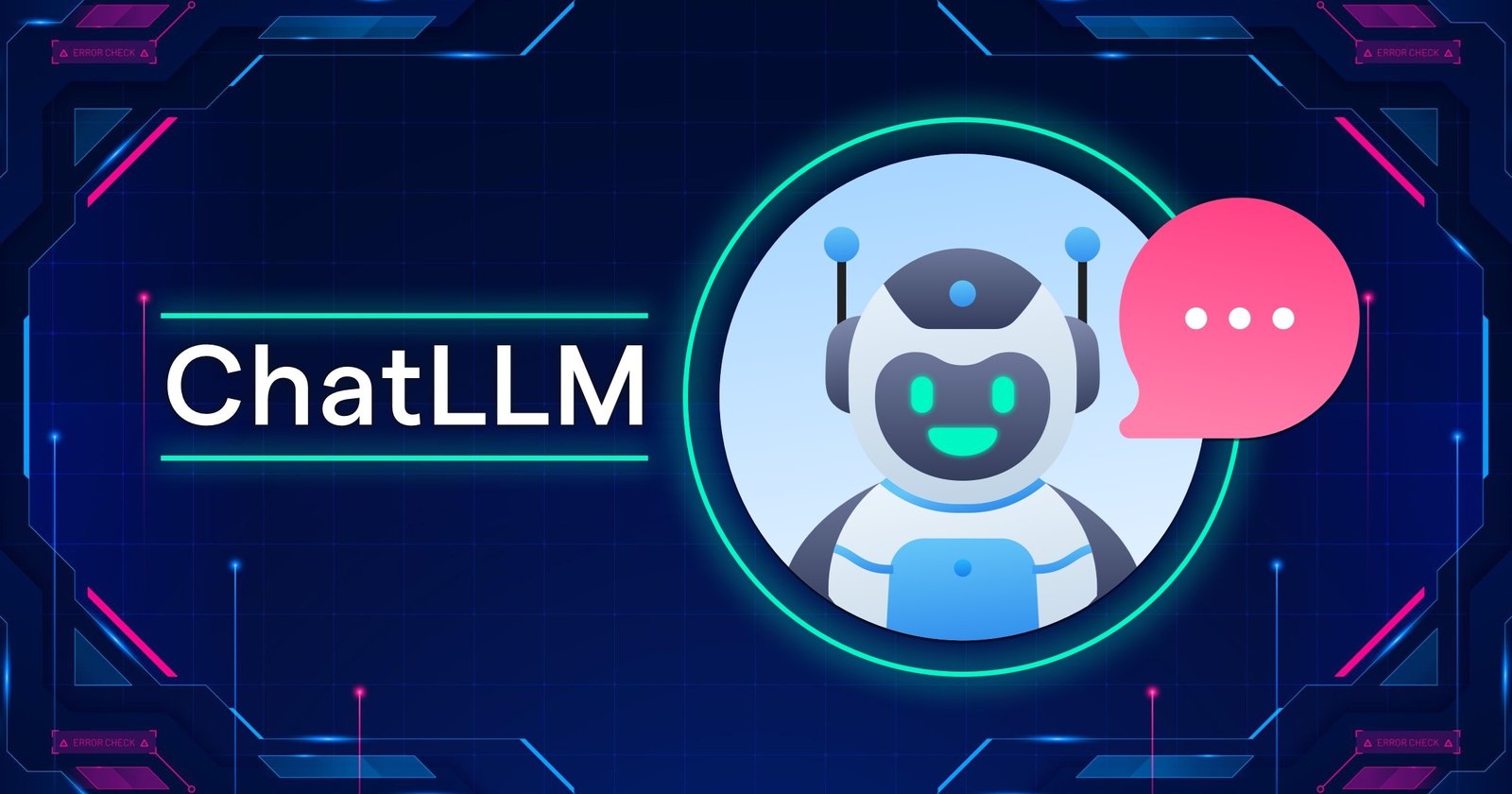
What is ChatLLM?
ChatLLM, short for Chat Large Language Model, is an advanced natural language processing (NLP) tool designed to understand and generate human-like text based on the input it receives. Utilizing state-of-the-art machine learning algorithms, ChatLLM can perform a wide range of language-related tasks, including answering questions, drafting emails, writing essays, and more.
Who Developed ChatLLM?
ChatLLM was developed by OpenAI, a leading artificial intelligence research organization. OpenAI focuses on creating and promoting friendly AI for the benefit of all humanity. Their team comprises experts in machine learning, robotics, economics, and other fields, working collaboratively to push the boundaries of AI research and development.
The Development of ChatLLM: A Phasewise Overview
Phase 1: Conceptualization and Research
The development of ChatLLM began with the identification of a growing need for more sophisticated and capable conversational agents. Early research focused on understanding the limitations of existing language models and exploring new architectures that could overcome these challenges. The conceptual phase involved extensive literature reviews, theoretical model development, and initial experiments with different neural network architectures.
Phase 2: Prototype Development
Once the conceptual framework was in place, the next step was to develop a prototype. This phase involved creating a basic version of the language model that could perform simple tasks. Researchers experimented with various neural network structures, such as transformers, to improve the model’s ability to understand and generate text. The prototype was tested extensively, with feedback loops helping to refine the algorithms and improve performance.
Phase 3: Scaling Up
After successful prototyping, the focus shifted to scaling up the model. This involved training the language model on increasingly larger datasets to enhance its understanding of diverse topics and improve its ability to generate coherent and contextually relevant responses. The scaling phase required significant computational resources and innovations in training techniques to handle the massive amounts of data effectively.
Phase 4: Fine-Tuning and Optimization
In this phase, the model was fine-tuned to improve its performance on specific tasks and ensure it adhered to safety and ethical guidelines. Fine-tuning involved adjusting the model parameters based on feedback from users and additional training on domain-specific data. Optimization techniques were employed to enhance the model’s efficiency and reduce latency in generating responses.
Phase 5: Deployment and Iteration
The final phase involved deploying ChatLLM for public use and iterating based on user feedback. Continuous improvements were made to address any issues, enhance capabilities, and introduce new features. OpenAI actively monitored the model’s performance and sought feedback from users to guide future developments.
Objectives Behind Developing ChatLLM
The primary objectives behind developing ChatLLM included:
- Enhancing Human-Computer Interaction: Creating a more natural and intuitive way for humans to interact with computers.
- Automating Routine Tasks: Enabling automation of repetitive and mundane tasks to improve productivity.
- Improving Access to Information: Providing quick and accurate information retrieval to assist users in various contexts.
- Advancing AI Research: Pushing the boundaries of what is possible with AI and contributing to the broader field of artificial intelligence.
Progression of ChatLLM Since Launch
Since its launch, ChatLLM has seen significant advancements:
- Increased Accuracy and Coherence: Continuous improvements in the model’s algorithms have enhanced its ability to generate accurate and coherent responses.
- Expanded Capabilities: New features and functionalities have been added, allowing ChatLLM to handle a wider range of tasks and applications.
- Broader Adoption: ChatLLM has been adopted in various industries, including customer service, education, healthcare, and more.
- Ethical and Safety Enhancements: Ongoing efforts to ensure the model adheres to ethical guidelines and mitigates potential biases.
Features of ChatLLM
- Natural Language Understanding: Ability to comprehend and respond to complex queries.
- Contextual Awareness: Maintains context over extended conversations for coherent interactions.
- Multi-Domain Knowledge: Access to a vast repository of information across diverse topics.
- Customizability: Can be fine-tuned for specific tasks and industries.
- Scalability: Designed to handle large-scale interactions and data processing.
Limitations of ChatLLM
- Contextual Misunderstanding: Occasionally misinterprets context, leading to irrelevant or incorrect responses.
- Bias and Ethical Concerns: Potential for inherent biases in training data to influence outputs.
- Dependence on Data Quality: Performance heavily relies on the quality and diversity of training data.
- Resource Intensive: Requires significant computational resources for training and operation.
Future of ChatLLM
The future of ChatLLM is promising, with potential developments including:
- Improved Personalization: Enhanced ability to tailor responses based on individual user preferences.
- Cross-Disciplinary Integration: Integration with other AI systems for more comprehensive solutions.
- Ethical AI Advancements: Continued focus on reducing biases and ensuring ethical use.
- Enhanced Multimodal Capabilities: Combining text, audio, and visual inputs for richer interactions.
Areas Where ChatLLM is Widely Used or More Suited For
- Customer Service: Automating responses to common queries and improving customer support efficiency.
- Healthcare: Assisting in patient communication, providing information, and supporting telemedicine.
- Education: Tutoring, providing explanations, and supporting personalized learning experiences.
- Content Creation: Generating articles, reports, and other written content.
- Research Assistance: Helping researchers access and summarize information quickly.
ChatLLM represents a significant leap forward in AI-driven language processing, with ongoing developments aimed at further enhancing its capabilities and addressing its limitations. Its versatility and potential for wide-ranging applications make it a valuable tool in numerous fields.







July 2, 2024
Very informative and detailed write-up. Very well explained.
July 2, 2024
Informative, well articulated